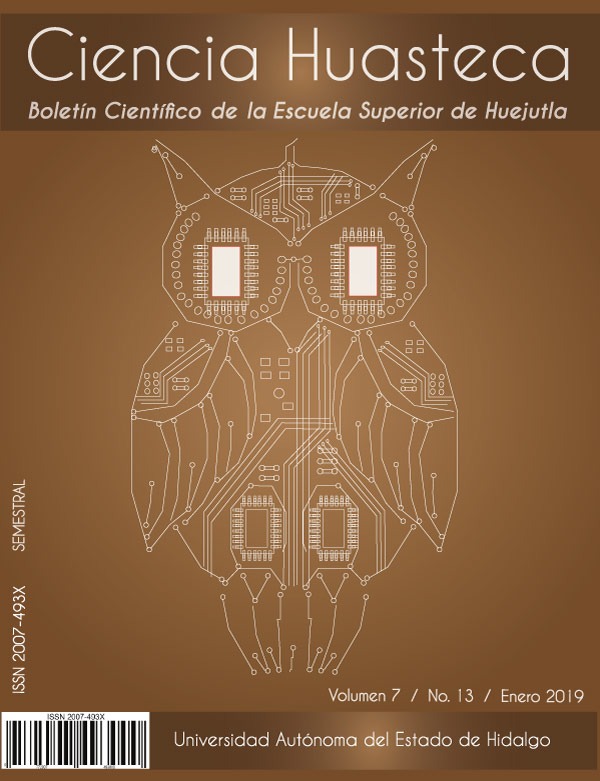The Teacher’s Role in the Classroom and New Trends
Abstract
A teacher is a professional who performs in a classroom and has a big influence on students. So the teachers’ role is very critical in a language teaching environment because they can have a huge impact on students’ learning process.
According to Yan & Zhang (2002), there are three main basic roles that teachers do; these are the following: Lecturer, teacher, and facilitator. They made distinctions among the three based on the theory of affective factors. The first one, lecturers, are those teachers who only consider their professional skills but neglect teaching methodology, this is an example about teaching philosophy before taking the specialization online; the second one refers to teachers and these are the ones who possess teaching methodology and professional skills but rarely pay attention to students learning. Finally, the last role refers to facilitators, that is, teachers who not only take care of students’ performance in the classroom but also pay attention to their learning process during the course.
Downloads
References
Brown, H. D. (2002). Principles of Language Learning and Teaching. New York: Longman.
Davies, P., Hernández Alvarado, M. G., Hernández Hernández, C. L., & López González, L. (2014). Make It Real. Professional A1.1. Pachuca, Hidalgo: Universidad Autónoma del Estado de Hidalgo.
De Houwer, J., Barnes-Holmes, D., & Moors, A. (2013). What is learning? On the nature and merits of a functional. Psychon Bull Rev, 11-12.
Galasso, J. (1999). A Working Paper on Second Language Acquisition Research: San Diego: San Diego State University.
Hall, G. (2017). Exploring English Language Teaching: Language in Action. New York: Routledge.
Krashen, S. D. (1982). Principles and practice in second language acquisition. Texas: Prentice Hall.
Kumar Mishra, R. (2013). Vygotskian Perspective of Teaching-Learning. Innovation: International Journal of Applied Research, 22-23.
Pica, T. (2005). Second Language Acquisition Research and Applied Linguistics. University of Pennsylvania Scholarly Commons.
Richardrs, J. C., & Rodgers, T. S. (2014). Approaches and Methods in Language Teaching. Cambridge: Cambridge University Press.
Richards, J. C., & Schimidt R., W. (2014). Language and Communication. New York: Routledge.
Rohatgi, A., Scherer, R., & Hatlevik, O. E. (2016). The role of ICT self-efficacy for students' ICT use and their achievement in a computer and information literacy test. Computer & Education. Volume 102, November, 103-116.
Yan, C., & Zhang, M. (2002). Affective Factors in Foreign Language Teaching. Foreign Language. Foreign Language World, 192-194.









